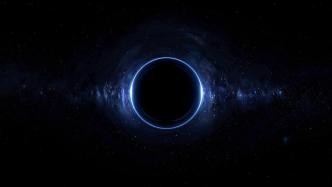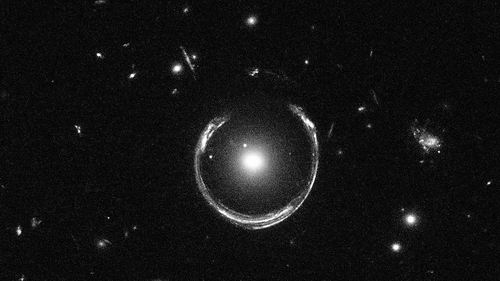
The reporter learned from the University of Science and Technology of China on the 3rd that the research team of Professor Wang Tinggui from the Department of Astronomy of the university recently conducted multi-band high-frequency monitoring of the black hole tidal disruption of stars event AT2023lli and discovered a new evolutionary phenomenon of the black hole tidal disruption of stars event.
The relevant research results were recently published online in the international astronomy journal The Astrophysical Journal Letters.
The above-mentioned observations of AT2023lli used large and medium-sized telescopes such as China's Mozi Survey Telescope (WFST), the 2.4-meter telescope at the Lijiang Observatory of the Yunnan Astronomical Observatory, and the international Global Telescope Network (LCOGT), Swift, XMM-Newton, and the Hale Telescope (P200) at the Palomar Observatory in the United States.
When a star accidentally moves near a massive black hole at the center of a galaxy, it will be torn apart and accreted by the black hole's powerful tidal force, producing multi-band electromagnetic flares that last for several months to several years. This phenomenon is called a black hole tidal disruption event (TDE).
After the TDE is discovered, it is necessary to use ground-based and space telescopes to observe it in a timely manner to obtain photometric and spectral evolution information, and then infer the main physical processes and black hole parameters. The light curves of previously discovered TDEs all show a relatively smooth "fast rise, slow fall" trend, but AT2023lli is obviously an "outlier".
Optical monitoring results showed that a strong "bump" appeared in the early stage of the light change rise. The "bump" lasted for nearly a month and the time interval from the main peak was as long as two months. This is the most obvious and longest time interval "bump" in TDE so far.
After research and analysis, the research team believes that such a strange optical "bulge" is likely caused by the collision of fragments of the torn star due to the effect of general relativity. In addition to the "bulge", the collision of the debris flow also produced outflow ejecta, which obscured the inner area of the accretion disk. Due to the uneven distribution of the obscuring material, X-rays "leaked" out, and because the material moved around the black hole, it caused the "intermittent" characteristics.


